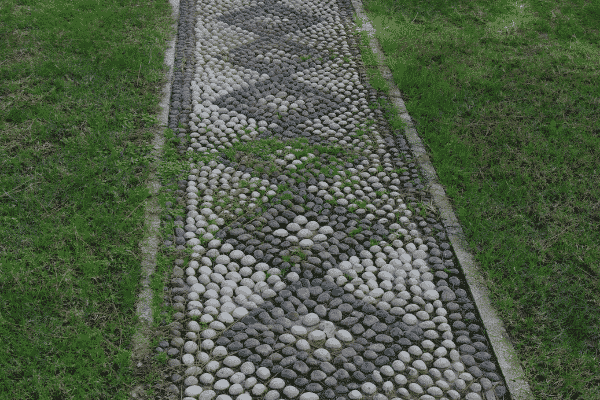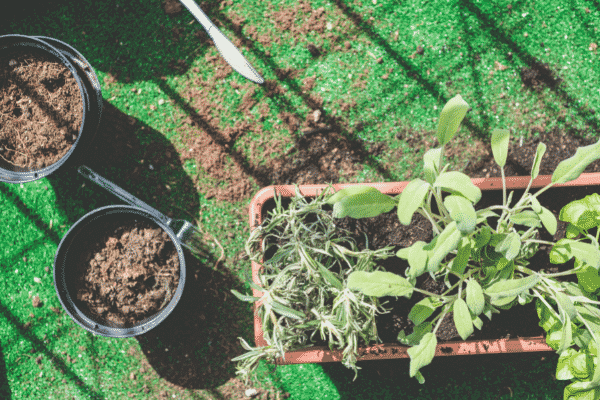Climate change is a term bandied about a lot these days. Yet much of the discussion remains at the macro level. At the micro-level, what can we do to make an impact? A simple answer can be – to make the immediate surrounding of our home a more sustainable place.
Sustainability means looking after the environment and giving back to it. We could do this at our individual levels by say, making a conscious decision to build a sustainable garden in our homes.
If you’re wondering where to start, try these simple ideas:
- Grow perennials (herbs, flowers, companion planting)
- Plant natives that are indigenous to your environment. (Check your council website)
- Group plants according to their water needs.
Recycle and re-use
When you renovate your outdoor space or build a new landscape, there is much scope for recycling and re-using.
If you are doing a garden renovation, reuse and recycle existing materials or source locally. Consider if the garden edging, the patio post, everything that you had originally, is still in good condition and reusable. Some landscapers are not keen to use old products – perhaps it is too much work. As a homeowner, you can request or suggest reuse. The less that goes to landfill, the better. It will also reduce costs.
Sustainable alternatives
Design trends in gardening change every year, but sustainable options remain evergreen. You can continue to use:
- Native timbers for the deck.
- Recycled mulch for garden bed with ornamental plants.
- River pebbles for covering small surfaces in the garden. Alternatively using gravel and recycled quarry products saves you money.

Conserving water
Water is going to be a precious commodity in the future, and water restrictions are going to be more prevalent than ever, so we need to save what we have. Some of the water can be saved and used in your garden if it is designed to do so.
- Maintain soil moisture by mulching or planting ground covers.
- Rain gardens are suitable for slope yards. Plant with natives that will survive in rainwater.
- Use a rainwater tank. Tanks that suit all manner of space are being designed these days.
Preserve topsoil
Topsoil is precious and must be protected. Newly built homes will always have some excavation involved from start to finish. Request the builder to preserve the topsoil by keeping it aside and covered. Once the construction is completed, this soil can be used in your garden beds and turf area. This saves loads of money in landscaping, which always comes as the last priority in new constructions.

Minimise chemical use
Chicken and cow manure are great fertilisers for home gardens. Layer it with mulch on top for at least 50mm to 75mm in depth, but avoid going close to the plant stems.
For edible gardens, use organic mulch like lucerne or sugarcane. and plant flowering plants and herbs near the vegetable patch to attract beneficial insects.
Hope these ideas work for you in making your yard a sustainable space – they will also save time and money if done well. Without a doubt, they will spur you on in your own sustainability journey.
READ ALSO: Outdoor winter entertaining: tips for landscaping features
Link up with us!
Indian Link News website: Save our website as a bookmark
Indian Link E-Newsletter: Subscribe to our weekly e-newsletter
Indian Link Newspaper: Click here to read our e-paper
Indian Link app: Download our app from Apple’s App Store or Google Play and subscribe to the alerts
Facebook: facebook.com/IndianLinkAustralia
Twitter: @indian_link
Instagram: @indianlink
LinkedIn: linkedin.com/IndianLinkMediaGroup




